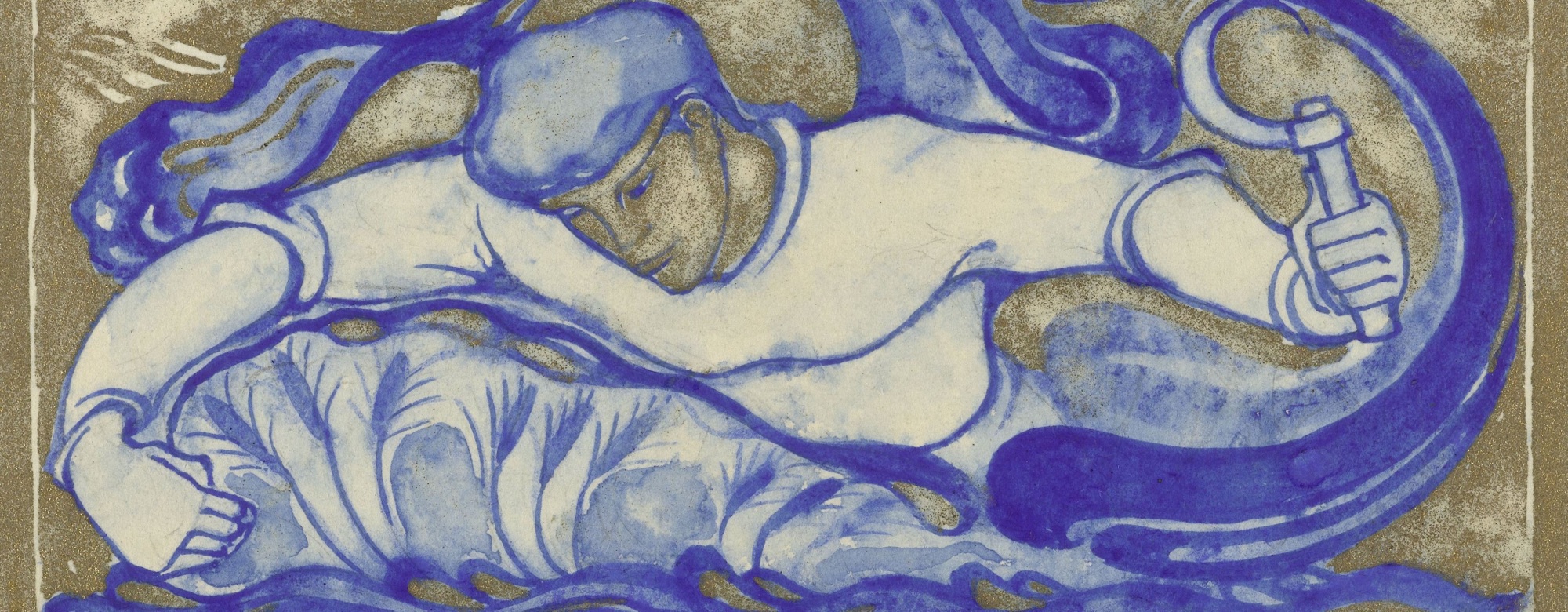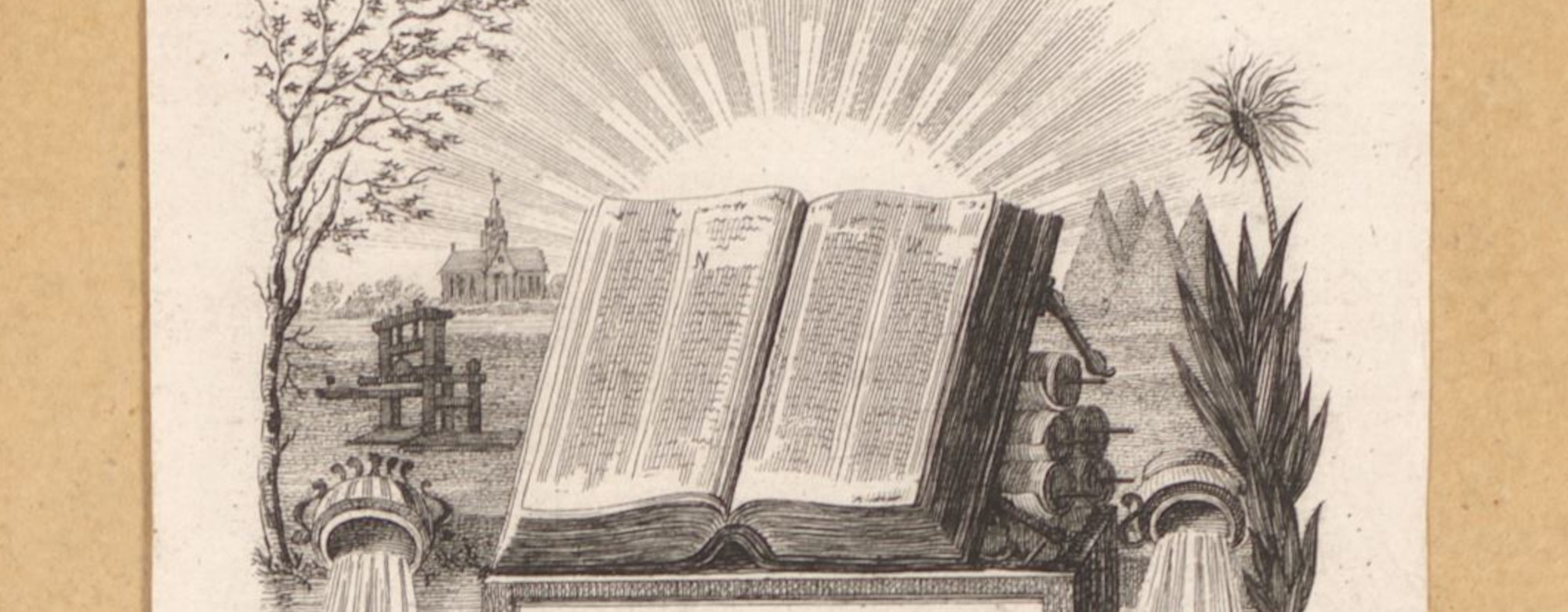Yesterday, the European Commission published its long awaited communication on copyright. The document titled ‘Towards a modern, more European copyright framework‘ doesn’t contain many surprises, which is both due to the fact that it is largely identical to a draft version that was leaked at the beginning of November, and that the Commission has opted for a safe approach that proposes minimal changes to the existing rules.
The latter is confirmed by the proposal for a regulation ‘on ensuring cross-border portability of online content services in the internal market’ that the Commission published alongside the Communication. In the light of the Commission’s earlier statements that it wants to create a digital single market, this proposal is a huge disappointment as it only covers access to online services while users are temporarily outside of their ‘Member State of residence’. It does nothing to address the much more important problem that copyright-protected works that are available to citizens of some member states are not available to users in other member states (the Commission promises to ‘address’ this issue in 2016 through a number of market led interventions, suggesting a slow policy crawl against geoblocking).
Ensuring that paid-for subscriptions to content continue to work once the paying customer travels to another member state is nice, but it does not constitute a digital single market. The proposed regulation on cross border portability will put an end to one of the most annoying consequences of a territorial copyright system. But by making the system a little more bearable the this move can also be expected to further entrench the reality of territorial markets.
The fact that enabling portability requires a legislative intervention on the EU level speaks as much to the growing imbalance of the copyright system as it does to the inability of the Commission to deliver on the digital single market promise. Even though this intervention seems to be rather minimal, rights holders are already complaining about the Commission’s proposal, and it will be interesting to see if the Commission will be able to make good on its intention to shepherd the proposal through Parliament and Council within the next year so that it can come into effect in 2017.
The rest the communication does not contain any concrete proposals, but rather identifies areas where the Commission is planning legislative (and non legislative) interventions in 2016. As mentioned above, the text of the communication is largely identical to the leaked draft which we have analysed here. In the following section we will highlight the good, the bad, and the ugly parts of what the Commission is planning for 2016.
The good
The good elements of the communication are largely confined to the first two sections. The part on ‘Adapting Exceptions to Digital and Cross-border Environments’ contains a very welcome general objective:
… to increase the level of harmonisation, make relevant exceptions mandatory for Member States to implement and ensure that they function across borders within the EU.
We’ve argued that full harmonisation of the exceptions and limitation of the EU copyright framework is necessary, and the above objective sounds like a step into the right direction. Interestingly, the Commission has already backpedaled on this promise by downgrading its intentions for implementing the Marrakesh Treaty from ‘introducing a mandatory, harmonised EU exception’ (leaked draft of the communication) to proposing ‘the legislation required to implement the Marrakesh Treaty’ (text published yesterday). Clearly some important stakeholders do not like the idea of mandatory, harmonised EU exceptions very much.
With regard to exceptions and limitations, the communication contains two more welcome provisions. The communication says that the Commission ‘will consider legislative proposals’ to…
… provide clarity on the scope of the EU exception for ‘illustration for teaching’, and its application to digital uses and to online learning; [… and to] clarify the current EU exception permitting the use of works that were made to be permanently located in the public space (the ‘panorama exception’), to take into account new dissemination channels.
Even if we keep in mind that ‘clarifying’ can mean pretty much anything at this point (including limiting user rights), these announcements seem to provide room to ensure that the exception for illustration for teaching has a meaningful and harmonized scope across the EU and that freedom of panorama (including for commercial purposes) will become a reality across the EU. However, in the case of the panorama exception, several member states will surely try to make this a downward harmonisation by limiting the exception to noncommercial uses only.
Finally, the Commission has also taken note of the problems faced by cultural heritage institutions that attempt to make their collections available online, and it is considering legislative proposals to make it ‘easier to digitise out-of-commerce works and make them available, including across the EU’.
The bad
Unfortunately, the language related to cultural heritage institutions remains relatively vague. Cultural heritage institutions have been advocating for an update to the exceptions and limitations that apply to them so they can make out-of-commerce works that they have in their collections available online. Looking at the part of the communication dealing with exceptions, we find a provision that the Commission will indeed review those exceptions, but not in order to allow online uses of out-of-commerce material. Instead, the Commission will consider how to:
… support remote consultation, in closed electronic networks, of works held in research and academic libraries and other relevant institutions, for research and private study.
In essence, this would update the current exception by allowing remote viewing of content via closed electronic networks (instead of ‘via dedicated terminals on the premises of the institutions’). From the perspective of cultural heritage institutions ‘remote consultation’ is, at best, a secondary concern. The real issue is the need to make collections available online. Therefore, the announcement seems more like an attempt to get rid of the outdated reference to ‘dedicated terminals’ in the Copyright Directive and less like a genuinely useful update. Also, the fact that the announcement specifically singles out ‘research and academic libraries’ may point to an attempt to narrow the group of beneficiaries of the existing exception, which currently applies to ‘publicly accessible libraries, educational establishments or museums, [and] archives’.
Another curious omission in the text has to do with library e-lending. This issue has been one of the most hotly-contested aspects of the Reda report (with a rather positive outcome), so it’s puzzling why the Commission has chosen not to address the question in its communication (maybe it is waiting for the CJEU to settle the issue?).
There are a number of other things that the Commission should have addressed, but chose to leave untouched. This includes clarifying the rights of citizens when it comes to making citations of audiovisual works, and non-commercial remixes. It would also have been nice if the Commission would have been willing to clarify that digital reproductions of out-of-copyright works remain in the public domain, as this is an important issue where the approaches of member states differ quite widely.
The ugly
So far we’ve covered those parts of the communication that can be expected (or at least have the potential) to improve the EU copyright framework. But the Commission’s proposal also includes a number of items that could make things much worse.
The first of these concerns has to do with text and data mining (TDM). The Commission’s announcement says that it will consider a TDM exception to….
….allow public interest research organisations to carry out text and data mining of content they have lawful access to, with full legal certainty, for scientific research purposes.
This means that anyone who is not affiliated with a ‘public interest research institution’ will need to obtain a license in order to conduct text and data mining of material that they already have legal access to. By proposing an exception with such an extremely limited set of beneficiaries, the Commission is actually endorsing a licensing-based approach. This is problematic because it severely limits the potential of text and data mining in Europe. TDM can be expected to become an increasingly important way of accessing and obtaining knowledge from the scholarly record, and if its application will remain limited only to academic researchers is a failure to recognize and foster its future application as a useful research tool. The Commission’s TDM proposal would actually make the situation for European TDM practitioners worse than no regulation at all—the existing uncertainty allows practitioners to argue that they do not require permission from rights holders in order to text and data mine materials that they can legally access.
Another area where the communication contains proposals that will make things worse is the section that the Commission has dedicated to ‘a well-functioning marketplace for copyright’. In this section the Commission continues its obsession with value creation in the digital environment, and proposes (and hints at) a number of interventions to ensure that ‘the value generated by some of the new forms of online content distribution is fairly shared’. While the language we saw in the leaked draft was already worrying, our concerns are reinforced by small additions made to the final text (highlighted in bold):
The Commission will consider measures in this area by spring 2016. The objective will be to ensure that the players that contribute to generating such value have the ability to fully ascertain their rights, thus contributing to a fair allocation of this value and to the adequate remuneration of copyright-protected content for online uses.
In this context, the Commission will examine whether action is needed on the definition of the rights of ‘communication to the public’ and of ‘making available’. It will also consider whether any action specific to news aggregators is needed, including intervening on rights.
These last minute additions are clear indicators that press publishers and the Commission continue their attempts to introduce an ancillary copyright for press publishers (‘action specific to news aggregators’). We’ve argued that such measures are counterproductive, and the introduction of such a right is controversial even among press publishers. The reference to rights holders being able to ‘fully ascertain their rights’ is a bit more opaque, but could refer to making copyright apply to certain types of hyperlinking, or at an attempt to reduce the liability limitations for hosting providers. As we have argued before, both could have far reaching impacts on freedom of expression online.
Given the renewed stress on such measures in the communication it remains essential that users provide their views on these issues to the Commission. You can do so via http://youcan.fixcopyright.eu/ until the end of the month.
A long road towards real modernization
Ultimately, the title of the Communication is telling. Proposed reforms might lead us in the right direction, “towards” a modernisation of copyright. But the planned changes are not sufficient for the Commission to talk simply about a “modern copyright for Europe”. On some of the key issues – such as exceptions and limitations – we will have to wait until 2016 for a more precise proposal. On others, the communication leaves room for interventions that will lead us away from a copyright fit for the digital age. And if the approach proposed by the Commission to adress geoblocking, the flagship issue of this reform, is to be treated as a sign, this push for a modernisation of the copyright rules may very well be too slow, and too narrow for law to keep up with changing reality.

